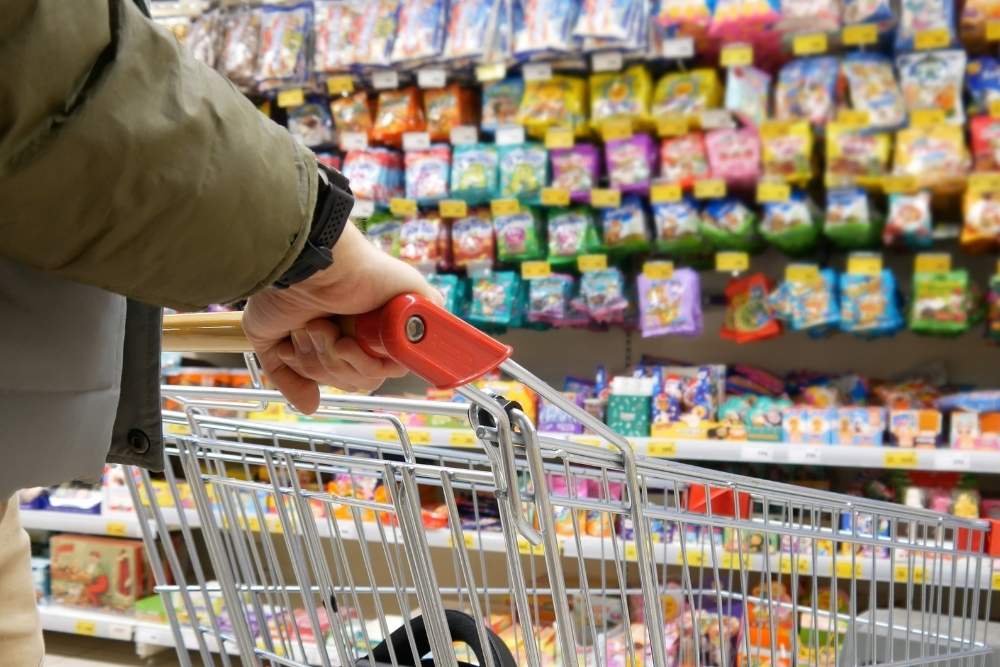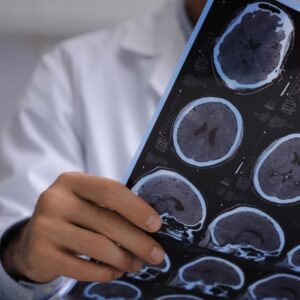You may be struggling with a strong sweet tooth that leads to eating sugary foods, which can harm your teeth or upset your stomach. You may be experiencing changes in your eating patterns that don’t fully nourish your body. If you’re receiving recovery services for opioid use disorder (OUD) in South Carolina and dealing with anything like this, you’re not alone.
This blog will help you understand why sugar cravings often show up alongside OUD, what you can do about them, and where you can go to get more support. And if you’re looking for help getting that sweet tooth under control, our residential treatment facility in Cameron always offers nutritious meals as a standard.
How Do Opioids Connect To Sugar Cravings?
The brain is an amazing organ, and, funnily enough, it responds to sugar in much the same way it responds to opioids and other substances. Both trigger the release of dopamine, the chemical that creates a feel-good reward sensation in the body.
As SUD takes hold, the brain usually starts to seek that dopamine hit again and again—whether it comes from substances or food may be harder for the brain to differentiate.
Studies suggest that chronic opioid use may even directly shape your preferences toward sweet, high-sugar foods. One study showed that opioids can change activity in the brain’s reward centers, including the hypothalamus and nucleus accumbens—two key players in your ability to feel pleasure and satisfaction.
Research also shows that:
- Sugar can trigger the release of endorphins and changes in opioid receptor binding, just like certain substances might.
- When researchers gave rats intermittent access to sugar, they began showing signs of withdrawal, intense cravings, and binge behaviors—similar to what happens to people suffering from substance use patterns.
- One study found that female clients receiving methadone got about 31% of their daily calories from sugar, despite consuming fewer total calories overall.
- Some people may wonder if their taste buds have changed, but science says that even if you struggle with opioids, you may still taste ingredients normally, but you simply crave sweeter foods more often.
- Interestingly, when researchers gave opioid-blocking medications like naloxone or naltrexone to both people and animals, sugar cravings and intake usually dropped.
Weight Loss and Opioids
You may have lost weight when you were actively using opioids like heroin, fentanyl, or prescription pain medication, but that’s usually not a consequence of some superpowered metabolism. Research shows that many individuals struggling with opioids lose weight because they’re spending less money on food or skipping meals entirely to support their substance use. And when they do eat, they may often go for whatever’s cheap and comforting—like sugary, processed items that leave the body undernourished.
What’s clear is that sugar cravings often remain strong during opioid treatment. This can lead to quick meals or snacks that are high in sugar and low in nutrients, especially if you’re not eating enough during the day.
Weight Gain and Opioids
On the flip side, increased appetite and weight gain during treatment are also common—and it doesn’t mean you’re doing anything wrong. As your body starts to heal and you feel safer in your daily routine, your appetite often returns. And if sugary foods have become a go-to for you, your body might store more fat, especially if those cravings replace more balanced meals.
And for some individuals, the feelings triggered by sugar—pleasure, satisfaction, comfort—may help fill the emotional gap left by substance use once it stops, potentially becoming a coping mechanism in place of opioids. There’s also evidence that the brain’s reward system becomes more sensitive to sweet foods in recovery.
When it comes to staying opioid-free in recovery, it’s not the end of the world if sugar becomes a daily staple for some time, but striking a balance is important. That’s because studies have found that methadone-maintained individuals often consume more sugar and develop higher BMIs compared to others, leading to negative health outcomes.
Researchers have even noticed a significant jump in the number of people who became overweight or pre-obese after entering treatment. Female clients, in particular, consumed diets where sugar made up more than 30% of their total calorie intake.
Stay Nourished in Recovery With Waypoint
Nutrition plays a pivotal role in your healing, and, at Waypoint Recovery Center, we take how much SUD impacts nutrition very seriously. We take it upon ourselves to always promote healthy, balanced meals to help reduce cravings and regulate weight during both residential treatment in Cameron and outpatient services in North Charleston.
If you’ve been struggling with sugar cravings or feel unsure about how to nourish your body, we can help you build back balance—one meal at a time. Contact us to learn how we can support your next step forward.





